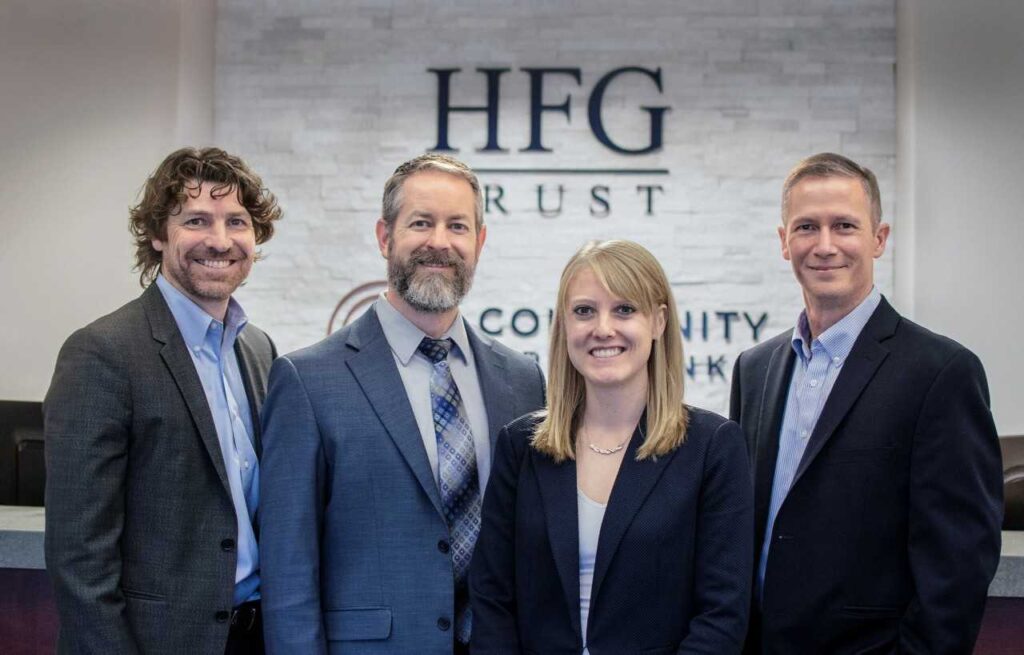Unlocking Retirement Solutions: The Power of 401(k) for Small Businesses
Today, small businesses have access to affordable, easy to design 401(k) plans to help attract and retain quality employees. Business owners can reduce their tax liability and save for their own retirement, diversifying their wealth outside of their business, while offering a meaningful benefit to their employees. With so many Americans ill prepared for retirement, workplace retirement plans play an important role in our economy and the lives of hard-working families.
Decoding 401(k): The Basics

Many employees would not be actively saving for retirement if it weren’t for their employer offering a plan, ideally in conjunction with providing education about its importance. Employer sponsored retirement plans, such as 401(k) plans, allow employers and employees to save for retirement in a tax advantaged manner, to be discussed later. The business facilitates contributions through employees’ paychecks, making saving easy. Providing matching or profit-sharing contributions, while not required, can help the small business stay competitive, demonstrating commitment to their employees’ futures.
Challenges Small Businesses Encounter with 401(k) Plans
There are various rules surrounding creating and maintaining these plans, which is why many believe that sponsoring a retirement plan is complicated and expensive. However, having knowledgeable, proactive, and responsive support greatly reduces the burden on the company. As the 401(k) services industry has grown and evolved, costs have decreased, making sponsoring a 401(k) plan more affordable for small businesses. Ongoing administration is easy with the right providers on your side.
Diverse 401(k) Options Tailored for Small Business Needs
There are many ways to customize a 401(k) plan, allowing small businesses to build a plan that best serves their needs. A qualified professional can easily outline the various plan features and design options, such as offering loans or hardship distributions, deciding when employees become eligible to participate, and whether employees are automatically enrolled or must sign up. One of the most common features is allowing employees to save on a pre-tax and/or Roth basis.
Traditional vs. Roth 401(k)
The traditional way we save in retirement accounts is pre-tax. This means that contributions are not subject to income tax in the year they are contributed to the plan, reducing the contributor’s taxable income. The funds grow tax-deferred while in the account, meaning any income or gains earned in the account are not taxed – as they would be in a non-retirement account. When money is removed from the account in retirement it is taxed at that point, just as wages are taxed while working.
Saving to a Roth 401(k) or IRA is the opposite. You do pay tax on the income you contribute, meaning the money goes in ‘after tax,’ but the advantage is it grows tax-free. When money is removed in retirement there is no income tax due. Both options are common today in 401(k) plans and employees can contribute to one, or both.
Safe Harbor 401(k) Plans
Some plan design considerations are a function of navigating the aforementioned rules surrounding these plans. The government wants to ensure that all employees benefit from a 401(k) offered by an employer and that owners and highly compensated employees (HCEs) aren’t taking unfair advantage. Thus, there are various compliance tests a plan needs to pass comparing balances and contributions of owners and HCEs to those of non-highly compensated employees. A way to avoid this is setting up a Safe Harbor 401(k) plan. These plans avoid compliance testing by following a few rules. Primarily, the company must contribute to employees’ accounts and those contributions must be vested immediately, meaning the employee is entitled to take those funds with them should they leave the employer. A traditional, or non-Safe Harbor plan, is more flexible and does not require employer contributions, but owners and HCEs may be limited in their ability to participate.
Solo 401(k) for the Self-Employed
Self-employed individuals and business owners with no employees can create individual 401(k) plans, called solo 401(k)s. Since there are no employees to worry about, these plans are very easy to set up and maintain and the solo entrepreneur can potentially contribute up to $66,000 in 2023, even more if they are over age 50, as they are allowed to contribute as both the employee and employer.
Why Community First Bank | HFG Trust is Your 401(k) Partner

Our experienced 401(k) team at Community First Bank | HFG Trust helps businesses navigate the complexities surrounding 401(k) plans through hands on support and education. We serve both the business sponsoring the plan and the employees it benefits as fiduciaries, putting the plan and employees’ needs first. We strive to minimize the cost of the plan while maximizing service and support, and we reduce the plan sponsor’s liability by assuming responsibility for investment oversight, a critical component of plan success.
Charting Your Retirement Path: Actionable Steps Forward
While it’s easier than ever for small businesses to sponsor a robust and affordable 401(k) plan, having the right partner is critical. Various rules and plan design options create the need for expert guidance. If you are interested in exploring a retirement solution for your small business, reach out to our team at Community First Bank | HFG Trust today, we’ll make it easy.
Financial Advisor

